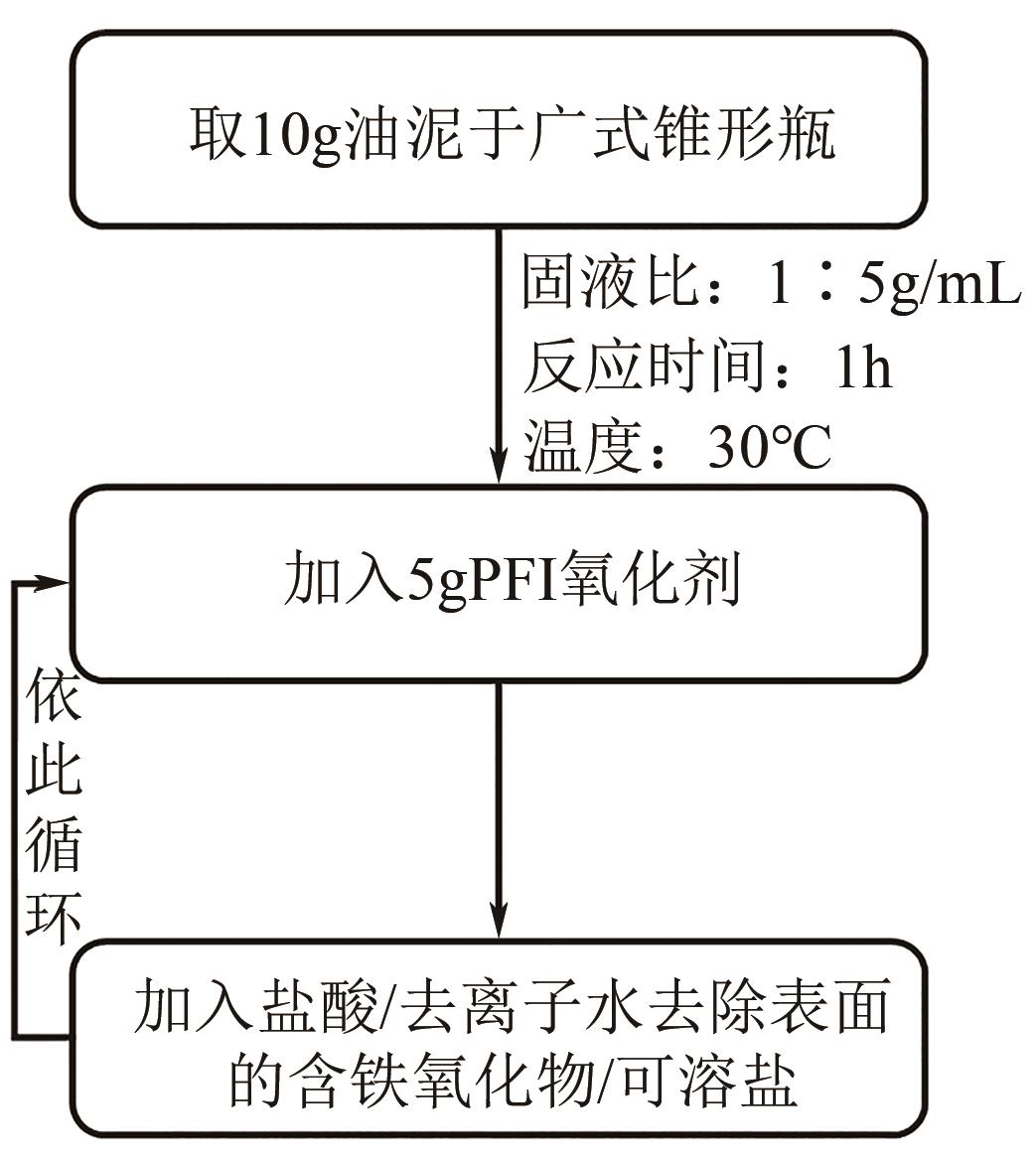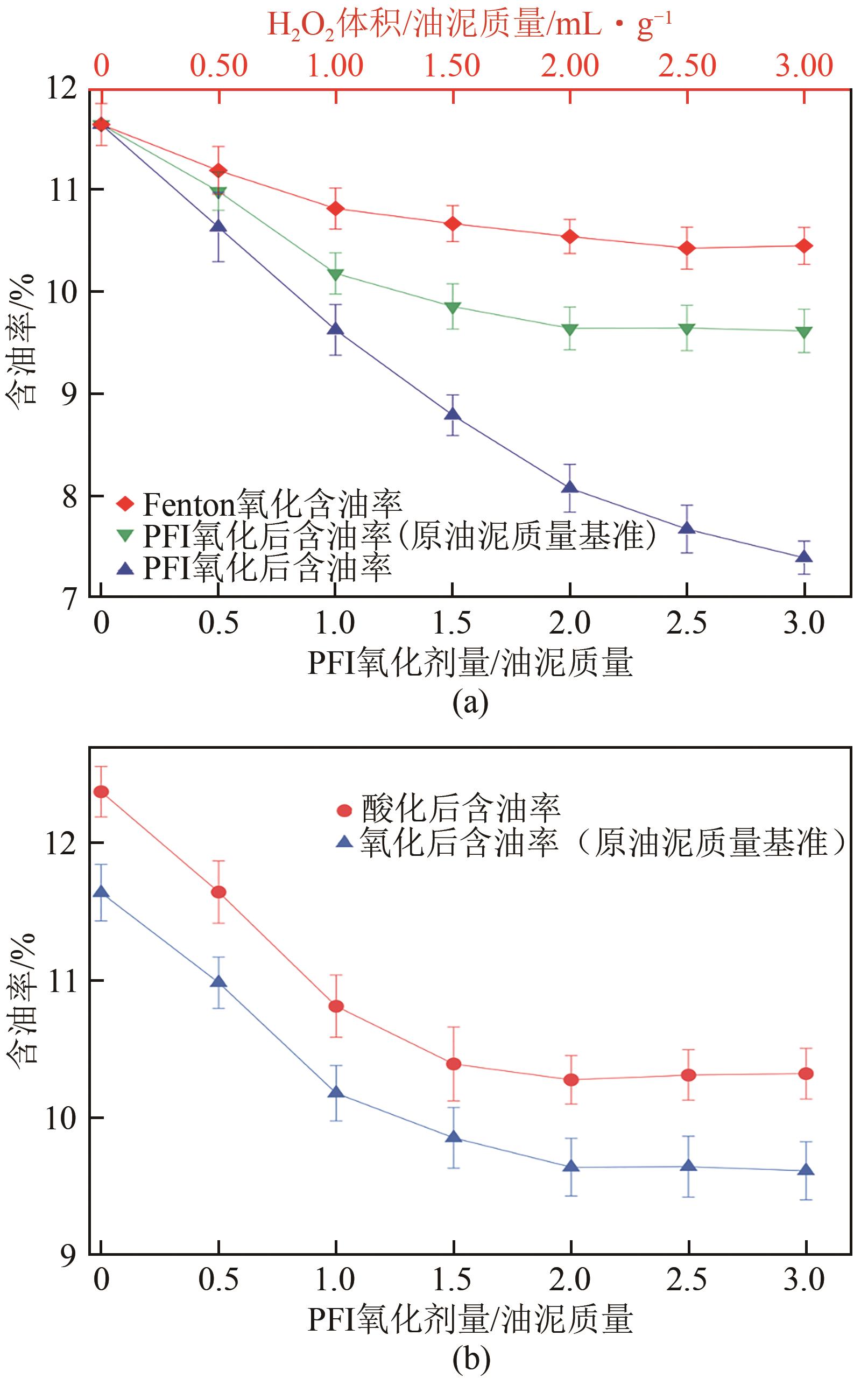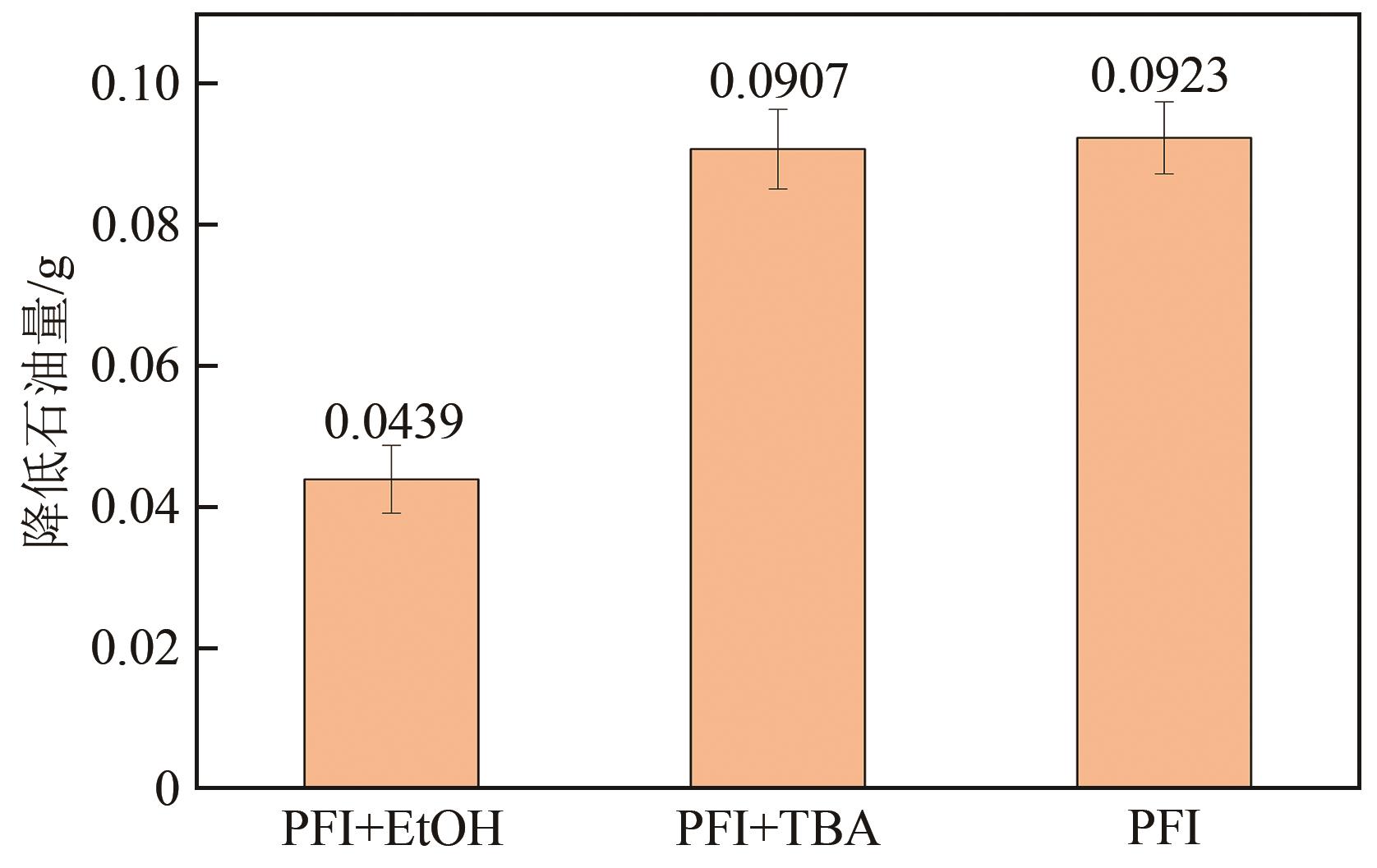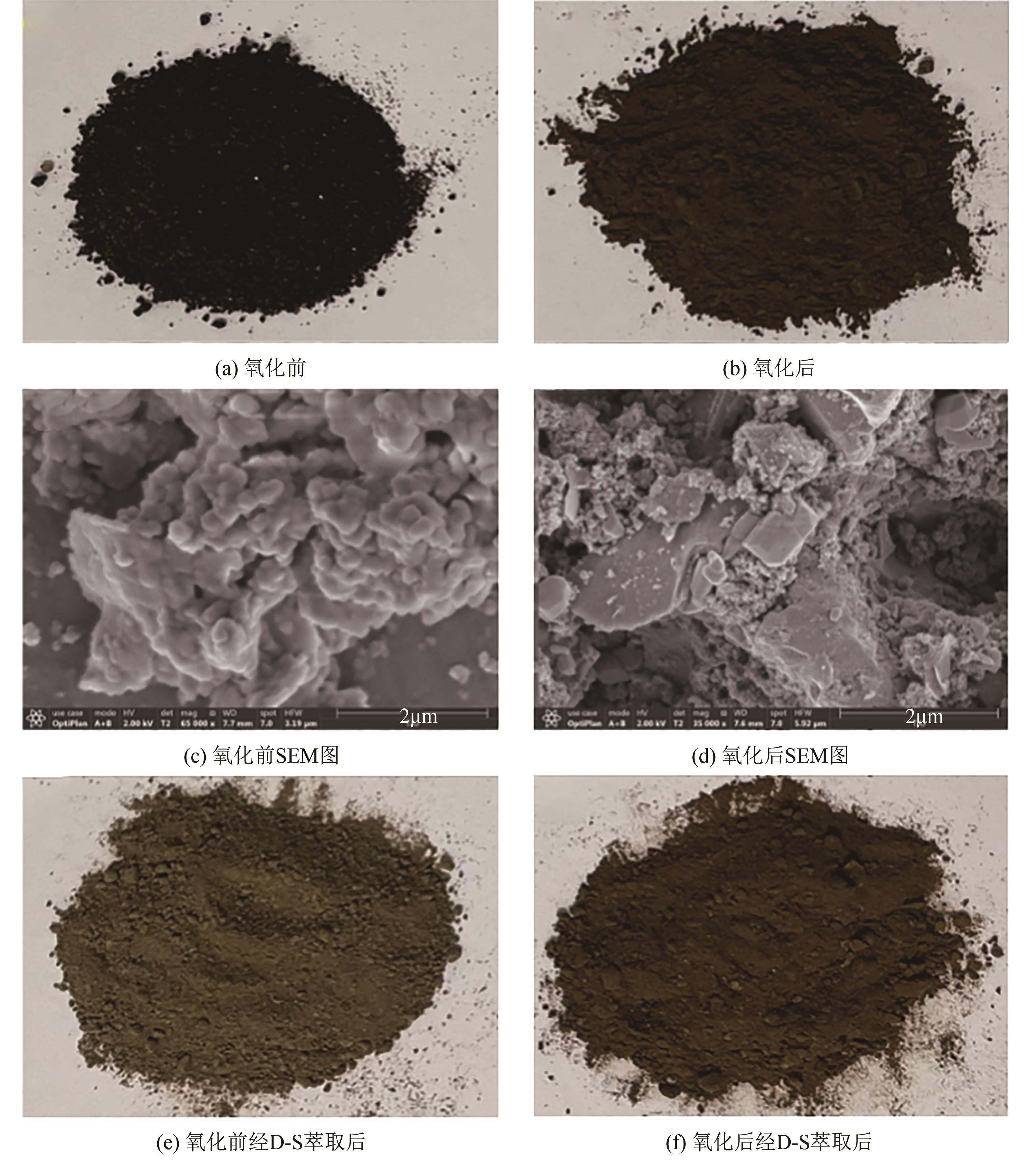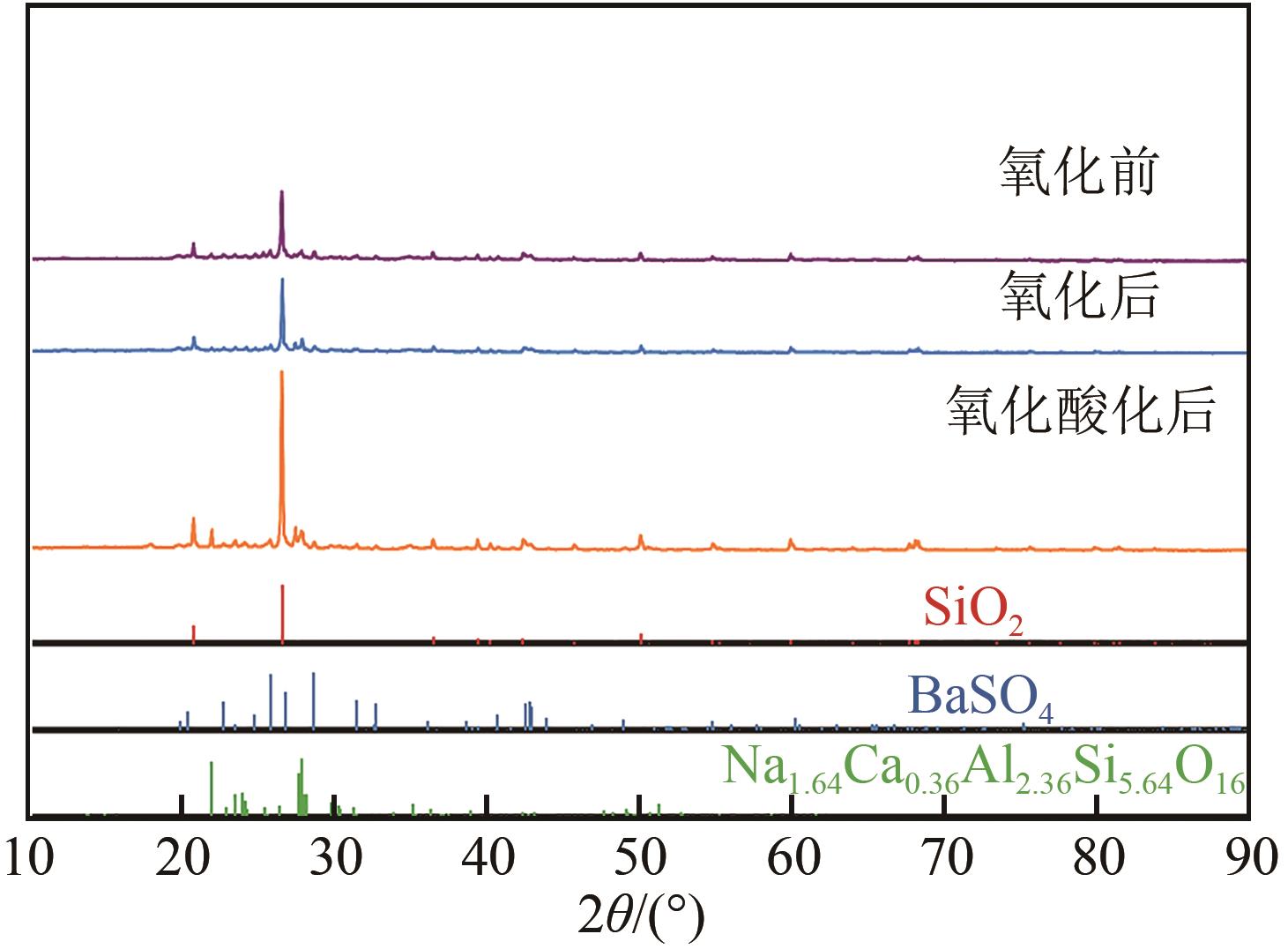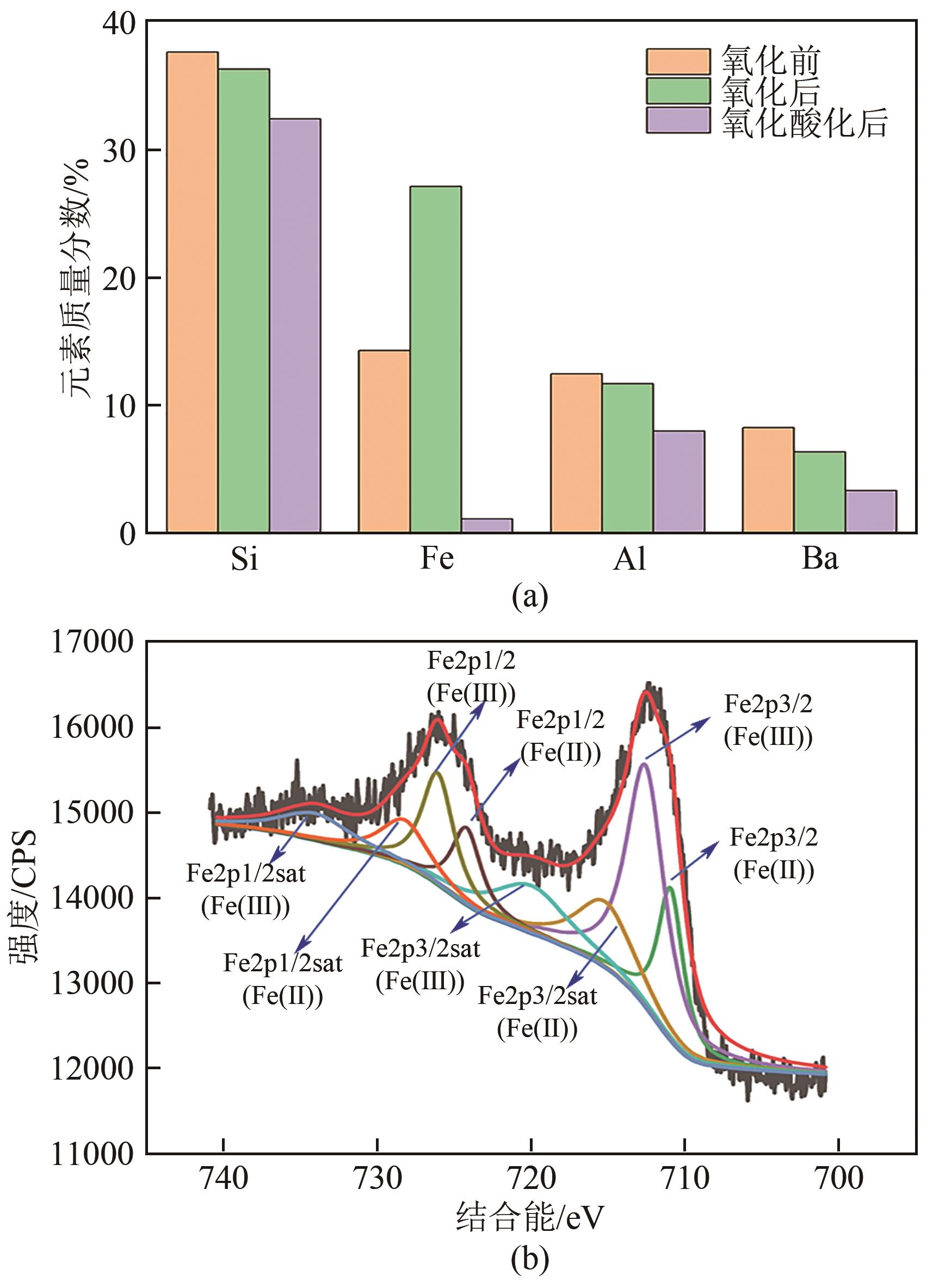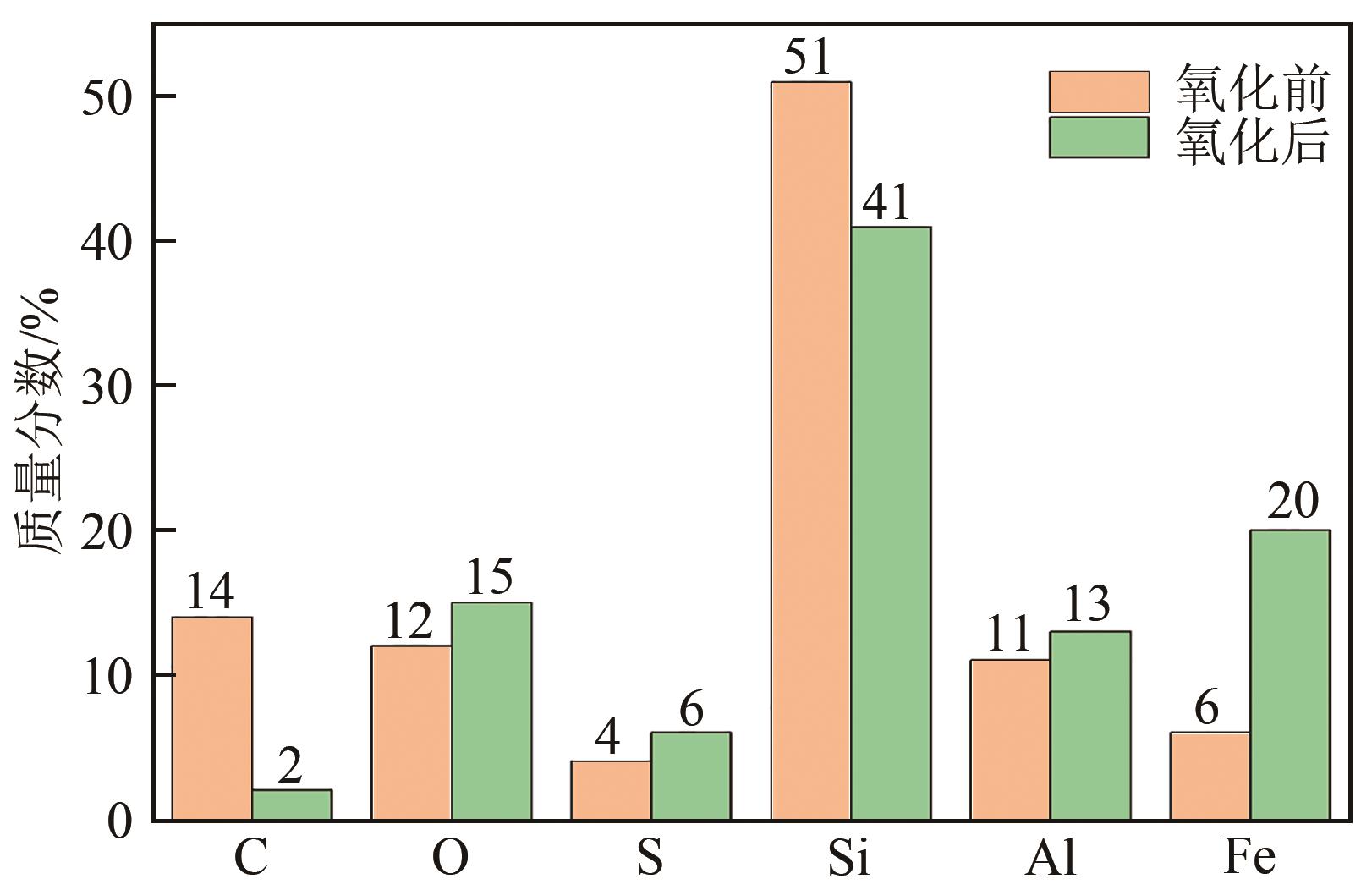| 1 |
JOHNSON O A, AFFAM A C. Petroleum sludge treatment and disposal: a review[J]. Environmental Engineering Research, 2019, 24(2): 191-201.
|
| 2 |
DUAN Yihang, GAO Ningbo, SIPRA A T, et al. Characterization of heavy metals and oil components in the products of oily sludge after hydrothermal treatment[J]. Journal of Hazardous Materials, 2022, 424: 127293.
|
| 3 |
HU Guangji, LI Jianbing, ZENG Guangming. Recent development in the treatment of oily sludge from petroleum industry: a review[J]. Journal of Hazardous Materials, 2013, 261: 470-490.
|
| 4 |
MORA V C, MORELLI I S, ROSSO J A. Co-treatment of an oily sludge and aged contaminated soil: permanganate oxidation followed by bioremediation[J]. Journal of Environmental Management, 2020, 261: 110169.
|
| 5 |
DUAN Huabo, HUANG Qifei, WANG Qi, et al. Hazardous waste generation and management in China: a review[J]. Journal of Hazardous Materials, 2008, 158(2/3): 221-227.
|
| 6 |
AL-DOURY M M I. Treatment of oily sludge produced from Baiji oil refineries using surfactants[J]. Petroleum Science and Technology, 2019, 37(6): 718-726.
|
| 7 |
ZUBAIDY E A H, ABOUELNASR D M. Fuel recovery from waste oily sludge using solvent extraction[J]. Process Safety and Environmental Protection, 2010, 88(5): 318-326.
|
| 8 |
HU Guangji, FENG Haibo, HE Pengwei, et al. Comparative life-cycle assessment of traditional and emerging oily sludge treatment approaches[J]. Journal of Cleaner Production, 2020, 251: 119594.
|
| 9 |
ZHOU Lingsheng, JIANG Xiumin, LIU Jianguo. Characteristics of oily sludge combustion in circulating fluidized beds[J]. Journal of Hazardous Materials, 2009, 170(1): 175-179.
|
| 10 |
AGUELMOUS A, FELS L EL, SOUABI S, et al. The fate of total petroleum hydrocarbons during oily sludge composting: a critical review[J]. Reviews in Environmental Science and Bio/Technology, 2019, 18(3): 473-493.
|
| 11 |
LIN Bingcheng, HUANG Qunxing, CHI Yong. Co-pyrolysis of oily sludge and rice husk for improving pyrolysis oil quality[J]. Fuel Processing Technology, 2018, 177: 275-282.
|
| 12 |
ZHANG Ju, LI Jianbing, THRING R, et al. Application of ultrasound and Fenton’s reaction process for the treatment of oily sludge[J]. Procedia Environmental Sciences, 2013, 18: 686-693.
|
| 13 |
肖鹏飞, 姜思佳. 活化过硫酸盐氧化法修复有机污染土壤的研究进展[J]. 化工进展, 2018, 37(12): 4862-4873.
|
|
XIAO Pengfei, JIANG Sijia. Research progress in remediation of organic contaminated soil by activated persulfate oxidation[J]. Chemical Industry and Engineering Progress, 2018, 37(12): 4862-4873.
|
| 14 |
KOOLIVAND A, NADDAFI K, NABIZADEH R, et al. Optimization of combined in-vessel composting process and chemical oxidation for remediation of bottom sludge of crude oil storage tanks[J]. Environmental Technology, 2018, 39(20): 2597-2603.
|
| 15 |
黄智辉, 纪志永, 陈希, 等. 过硫酸盐高级氧化降解水体中有机污染物研究进展[J]. 化工进展, 2019, 38(5): 2461-2470.
|
|
HUANG Zhihui, JI Zhiyong, CHEN Xi, et al. Degradation of organic pollutants in water by persulfate advanced oxidation[J]. Chemical Industry and Engineering Progress, 2019, 38(5): 2461-2470.
|
| 16 |
吴丽颖, 王炳煌, 张圆春, 等. 凝胶球负载零价铁活化过硫酸盐降解偶氮染料废水[J]. 化工进展, 2017, 36(6): 2318-2324.
|
|
WU Liying, WANG Binghuang, ZHANG Yuanchun, et al. Degradation of Reactive Black 5(RBK5) by gelatin balls loading iron activating sodium persulfate[J]. Chemical Industry and Engineering Progress, 2017, 36(6): 2318-2324.
|
| 17 |
HE Changfan, ZHANG Xueying, Peng LYU, et al. Efficient remediation of o-dichlorobenzene-contaminated soil using peroxomonosulfate-ferrate-FeS hybrid oxidation system[J]. Journal of the Taiwan Institute of Chemical Engineers, 2021, 119: 23-32.
|
| 18 |
MONFORT O, USMAN M, SOUTREL I, et al. Ferrate(Ⅵ) based chemical oxidation for the remediation of aged PCB contaminated soil: comparison with conventional oxidants and study of limiting factors[J]. Chemical Engineering Journal, 2019, 355: 109-117.
|
| 19 |
DUAN Ming, WANG Xiaodong, FANG Shenwen, et al. Treatment of Daqing oily sludge by thermochemical cleaning method[J]. Colloids and Surfaces A: Physicochemical and Engineering Aspects, 2018, 554: 272-278.
|
| 20 |
HE Lin, LI Xingang, WU Guozhong, et al. Distribution of saturates, aromatics, resins, and asphaltenes fractions in the bituminous layer of athabasca oil sands[J]. Energy & Fuels, 2013, 27(8): 4677-4683.
|
| 21 |
袁光明, 皮若冰, 吴钊成, 等. 高铁酸盐-亚硫酸盐体系氧化降解水中污染物阿特拉津[J]. 化工进展, 2020, 39(9): 3794-3800.
|
|
YUAN Guangming, PI Ruobing, WU Zhaocheng, et al. Oxidative degradation of atrazine in water by ferrate-sulfite system[J]. Chemical Industry and Engineering Progress, 2020, 39(9): 3794-3800.
|
| 22 |
YANG Tao, WANG Lu, LIU Yulei, et al. Removal of organoarsenic with ferrate and ferrate resultant nanoparticles: oxidation and adsorption[J]. Environmental Science & Technology, 2018, 52(22): 13325-13335.
|
| 23 |
YANG Tao, WANG Lu, LIU Yulei, et al. Ferrate oxidation of bisphenol F and removal of oxidation products with ferrate resulted particles[J]. Chemical Engineering Journal, 2020, 383: 123167.
|
| 24 |
HUANG Zhihui, JI Zhiyong, ZHAO Yingying, et al. Efficient degradation of 2-methoxyphenol using heterogeneous-homogeneous synergistic activated persulfate with modified clinoptilolite+heat[J]. Chemical Engineering Journal, 2020, 400: 125863.
|
| 25 |
WU Dan, KAN Hongshuai, ZHANG Ying, et al. Pyrene contaminated soil remediation using microwave/magnetite activated persulfate oxidation[J]. Chemosphere, 2022, 286: 131787.
|
| 26 |
ZHAO Junfeng, LIU Yiqing, WANG Qun, et al. The self-catalysis of ferrate (Ⅵ) by its reactive byproducts or reductive substances for the degradation of diclofenac: kinetics, mechanism and transformation products[J]. Separation and Purification Technology, 2018, 192: 412-418.
|
 ), 何畅帆1,2, 何林1,2,3(
), 何畅帆1,2, 何林1,2,3( ), 李鑫钢1,2,3, 隋红1,2
), 李鑫钢1,2,3, 隋红1,2
 ), HE Changfan1,2, HE Lin1,2,3(
), HE Changfan1,2, HE Lin1,2,3( ), LI Xingang1,2,3, SUI Hong1,2
), LI Xingang1,2,3, SUI Hong1,2
